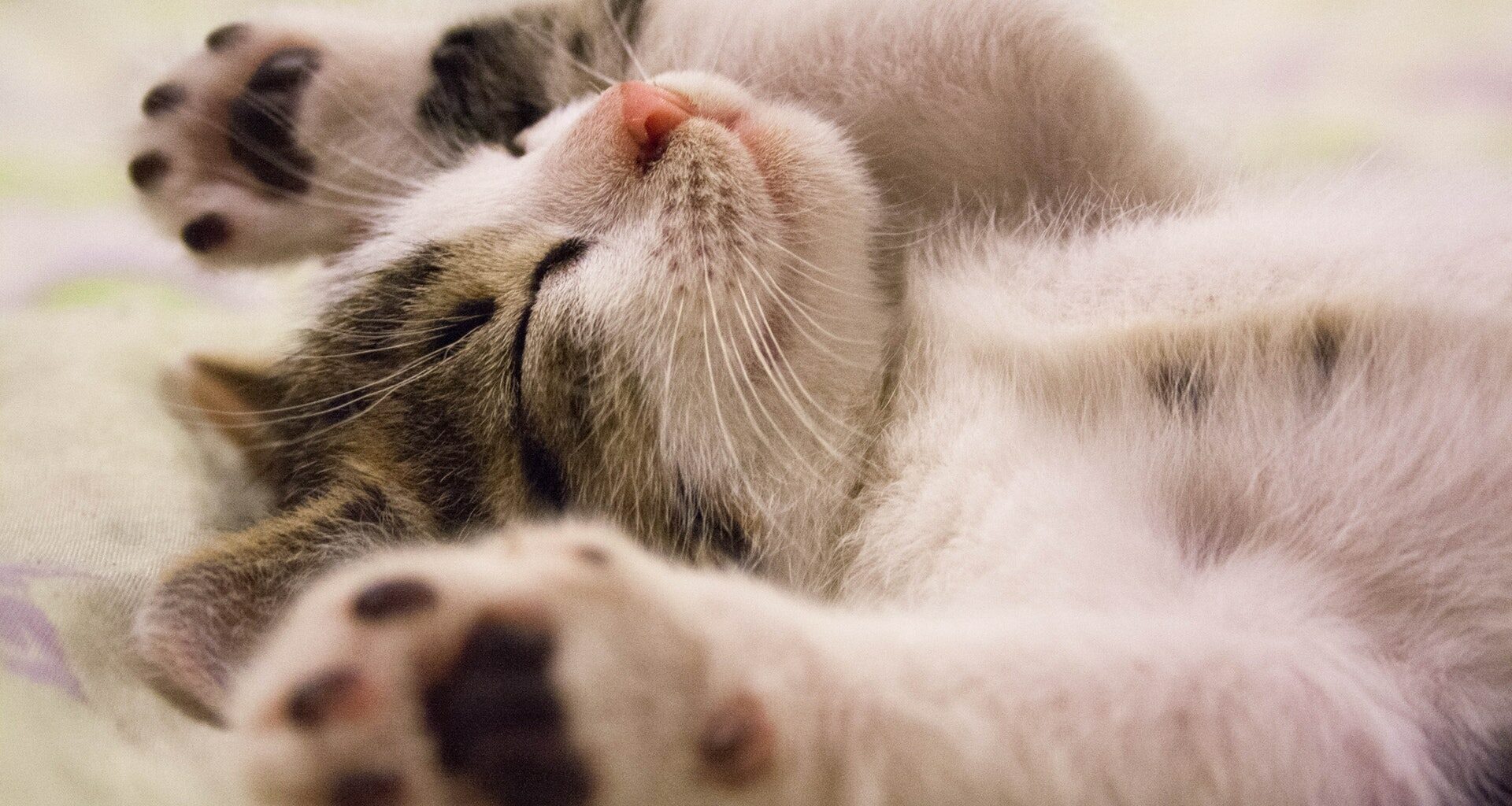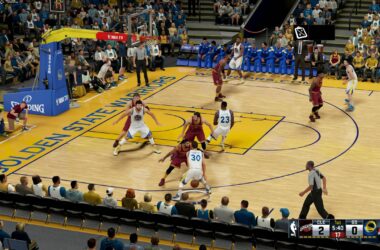As knowledge workers, it’s somewhat a given that we end up taking work home with us. Sometimes this is literal: laptops and VPNs are enough to log in remotely and resume work into the evenings. Other times though, it’s more that we end up thinking about the work long after the end of the workday, mulling over unresolved situations or undelivered communications or unfinished projects. My wife often reminds me that in her chosen profession—healthcare—she gets to contain her work behind clinic doors.
At the same time, I’ve certainly taken advantage of this propensity to dwell on issues to find solutions, whether it’s leveraging the subconscious to come up with a solution or making tactical use of meditation to look for answers. Its effectiveness may very well be simply as a placebo, but more often than not, pausing for a little bit helps me get unstuck.
But. Sometimes, instead of laying down at night, mashing and kneading ideas with eyes wide open, I actually just want to force myself to not even engage till the next morning. That is, I just want to sleep1.
As it turns out, there is actually a technique for falling asleep which has garnered some amount of credibility. If you read through the instructions, the key actions are to relax both the body and the mind; the combination of loosening muscle tension and blanking out thoughts is sufficient to invoke sleep, or at least a state of physiological and psychological rest that is functionally equivalent. With practice, soldiers in the field can supposedly go to sleep at will, under any external conditions, within 2 minutes flat.
I’ve been trying this out for the past couple of weeks. It’s not hard to pick up, per se, and once I start trying to clear the mind the general feeling is pretty close to settling into a meditative state. In fact, falling asleep during meditation is fairly common, and this seems like a variation which encourages the body to go ahead and fully rest.
That said, falling asleep quicker is a step removed from capturing quality sleep time. I used to wear a smartwatch that also tracked sleep, but I’m intrigued by Sam Altman’s preferred bed-installed sleep tracker and whether that can better quantify the technique’s effectiveness.
I’ll report back if I decide to proceed down this sleepy rabbit hole.
This is in sharp contrast to my younger self, who experimented with various sleeping regimens to try to get as little sleep as possible so I could have more time awake to do other things.↩




